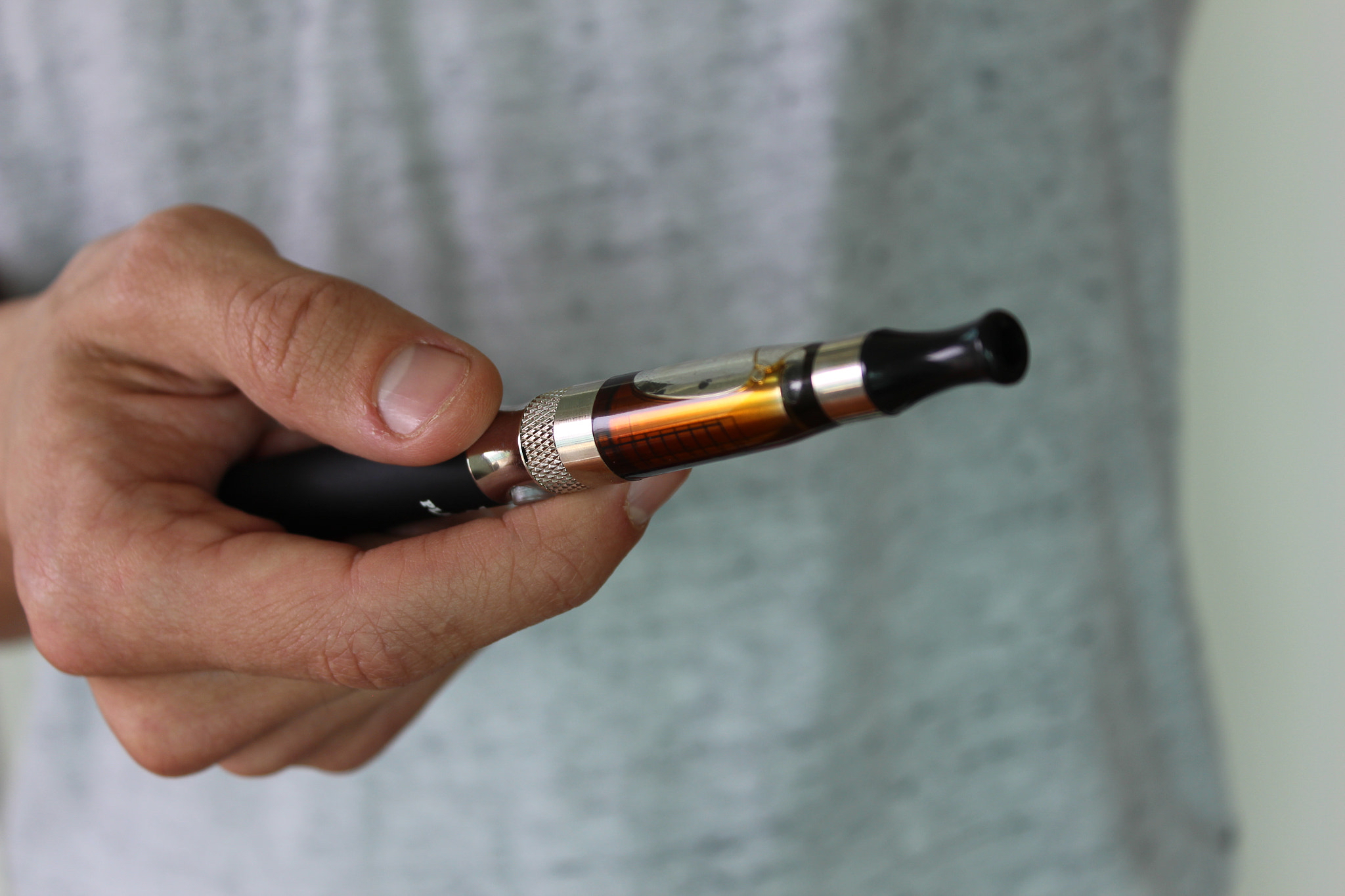Ensuring the protection of vulnerable populations is a major problem in secure care settings, including mental health facilities, rehabilitation centers, and correctional institutions. These areas are meant to not only give therapy and care but also to encourage a feeling of security and discourage self-harm. Achieving this goal calls for specific equipment designed to reduce dangers, such as ligature resistant TV enclosures, which is a major factor.
Necessary Safety Elements
Every aspect of a high-risk care setting adds to general safety. If not properly secured, televisions often used for therapy or leisure can turn into possible dangers. Facilities depend on safety-oriented enclosures made with certain protective characteristics to lower dangers connected with various devices:
- Tamper-resistant design guarantees that patients cannot access or modify the enclosure.
- Rounded and sloped surfaces stop other items, garments, or ropes from attaching.
- Durable materials are long-lasting and dependable since they resist wear and damage.
- Internal ventilation keeps correct airflow and prevents outside entry sites.
- Shatterproof displays shield users in the event of pressure or attempted damage.
These qualities together create a safe, user-friendly design that balances comfort and security. Using ligature-resistant TV enclosures enables hospitals to design areas where patients can unwind without needless risk.

Ligature Enclosures Matter
They reflect the facility’s dedication to protecting lives and preserving a therapeutic environment. These enclosures let patients use televisions in day areas, patient rooms, and shared spaces safely without exposing them to avoidable hazards. ligature resistant TV enclosures are absolutely crucial at the core of safe care planning. Such enclosures not only protect people under treatment but also let staff members concentrate on their main duties. Knowing that vital components of the environment have been secured, caregivers can spend more time giving attention and support, free from worry of tampering or damage.
Safe and Encouraging
Establishing a setting that seems both safe and encouraging is a careful balancing act. While too loose ones could bring unneeded hazards, too tight areas can cause sensations of imprisonment. A well-built room includes safety elements as well as comfort, thereby allowing patients to feel at ease under protection. Often a key component of everyday activities, televisions provide relaxation, diversion, and even instructional material. The correct protective enclosures allow facilities to offer access to these advantages in a regulated, risk-free way. A friendly, healing environment does not have to be sacrificed for safety.
Total Risk Management
Protecting vulnerable people calls for a total risk management strategy, not just one of discrete safety measures. Every facet of care has to be taken into account, from furniture and fittings to daily activities and staff training. Ligature-resistant items go beyond TV casings to include mattresses, light fixtures, toilet fittings, and more, all working together to build a safe space.
Regular risk assessments, policy changes, and cooperation between design teams and care providers help to maintain and enhance safety standards throughout time. Facilities that give these solutions first priority show great respect for the people they serve since they provide not just physical protection but also peace of mind. Thoughtful design integrated into care settings helps them to promote healing, dignity, and trust at all levels.





